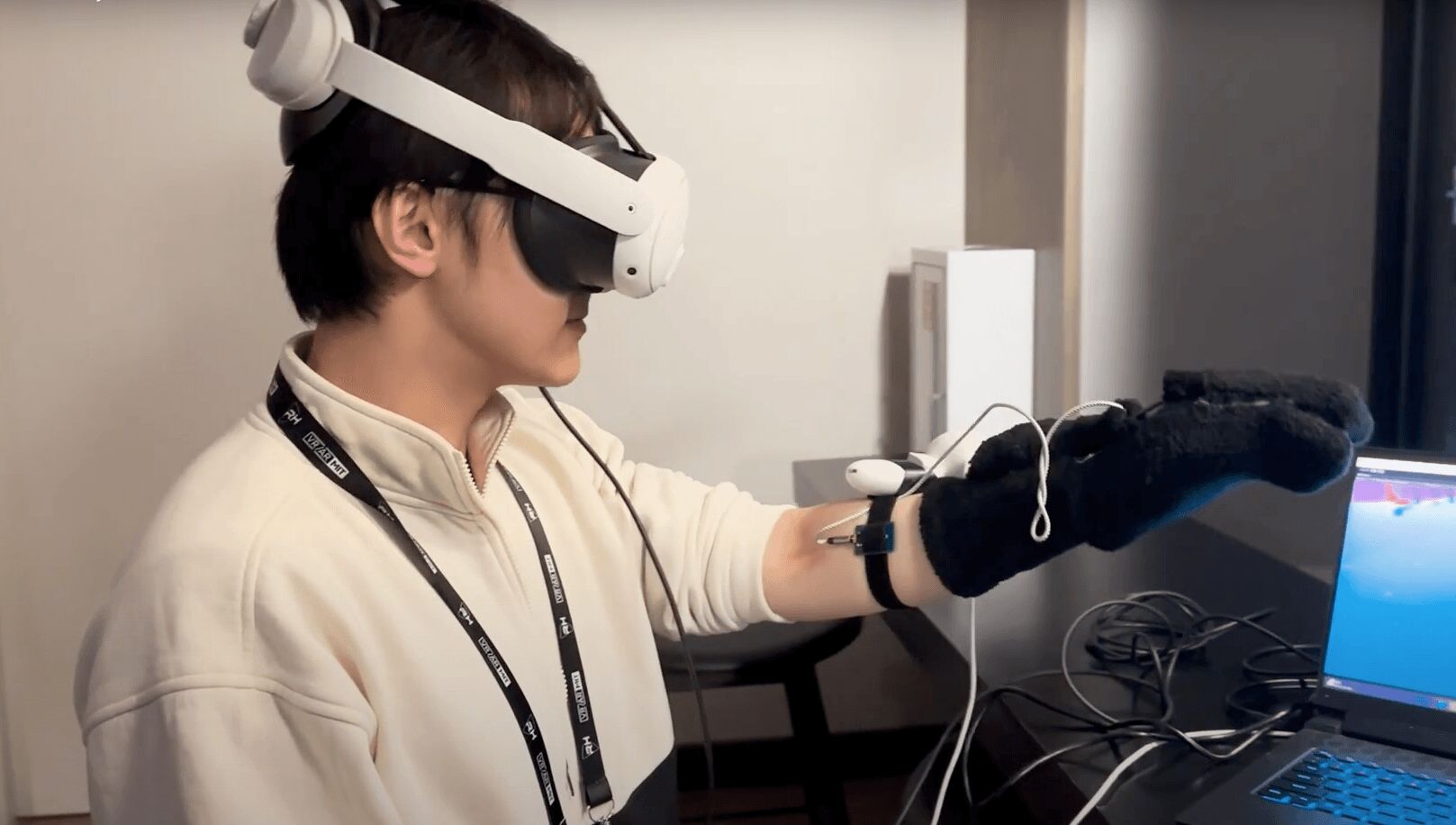Meet Nuoran Chen
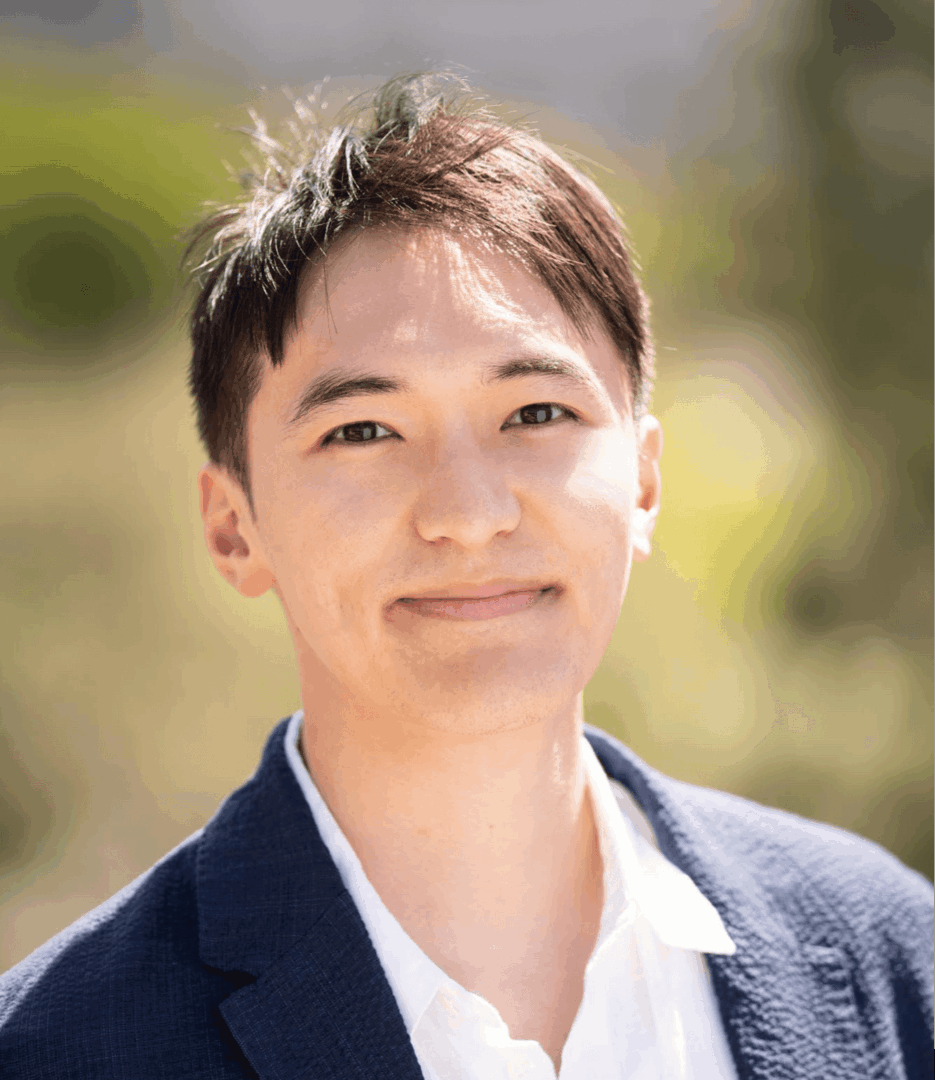

We had the good fortune of connecting with Nuoran Chen and we’ve shared our conversation below.
Hi Nuoran, what led you to pursuing a creative path professionally?
I pursued a creative career because it allowed me to combine my artistic background with my strong skills in logical thinking and analytics. My fine arts training as a child, which helped manage my hyperactivity, laid the foundation for my creative interests. Choosing design was a natural fit for me, as it merges creativity with rational problem-solving.
Starting with architecture and expanding into various design disciplines, such as urban design, landscape architecture, and product design, I found that creativity is a powerful tool for addressing real-world challenges and envisioning future possibilities. As a professional designer, I focus on driving business goals while enhancing people’s lives and making services more accessible. I also use design to express my values and advocate for ethical and equitable solutions, continually exploring and experimenting with new concepts.
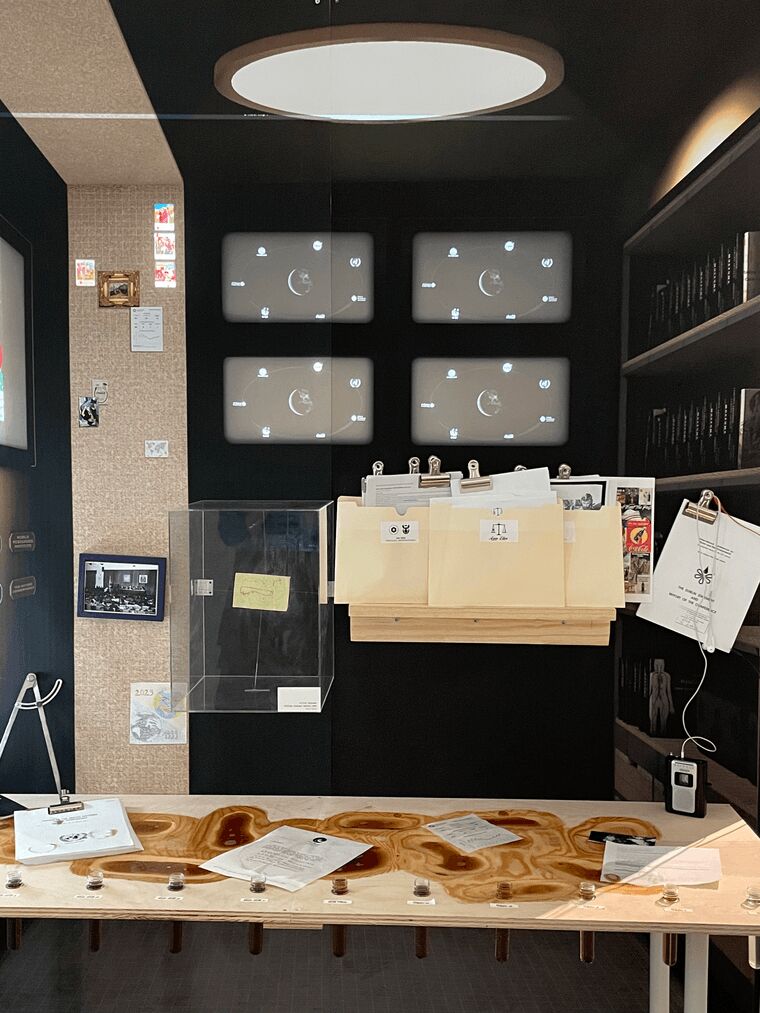
Let’s talk shop? Tell us more about your career, what can you share with our community?
As a designer with a multi-disciplinary background, I strive to integrate knowledge from various design fields to create products that prioritize inclusiveness and equity. I believe this approach distinguishes me from others.
For example, I designed a virtual museum for The New York Times that offers remote employees and the public an accessible way to explore the newspaper’s history, mission, and significant moments from the past 175 years. Leveraging on my background in architecture, I used photogrammetry technology, replicating the physical museum, which is currently inaccessible to many people. This allows users to experience the museum in a more immersive and realistic way.
In another project, I designed RecoVR, a VR tool that uses EMG musical signal patterns to help amputees regain control of a virtual arm. My contribution involved applying my product design expertise to understand user needs and leveraging my architectural background for spatial storytelling. This innovation not only helps amputees manage phantom limb pain but also offers a new way for individuals without hand access to engage with VR.
The journey hasn’t been easy—each new learning experience reveals even more to explore. Balancing meaningful projects with daily production and business demands can be challenging. That’s why I’m considering starting my own design studio this year. This venture will help me advance my design practice and encourage continuous learning. In a world where technology evolves rapidly, I aim to create designs that slow down the pace of change and address issues of inequality. Visit my studio at www.randesign.studio.
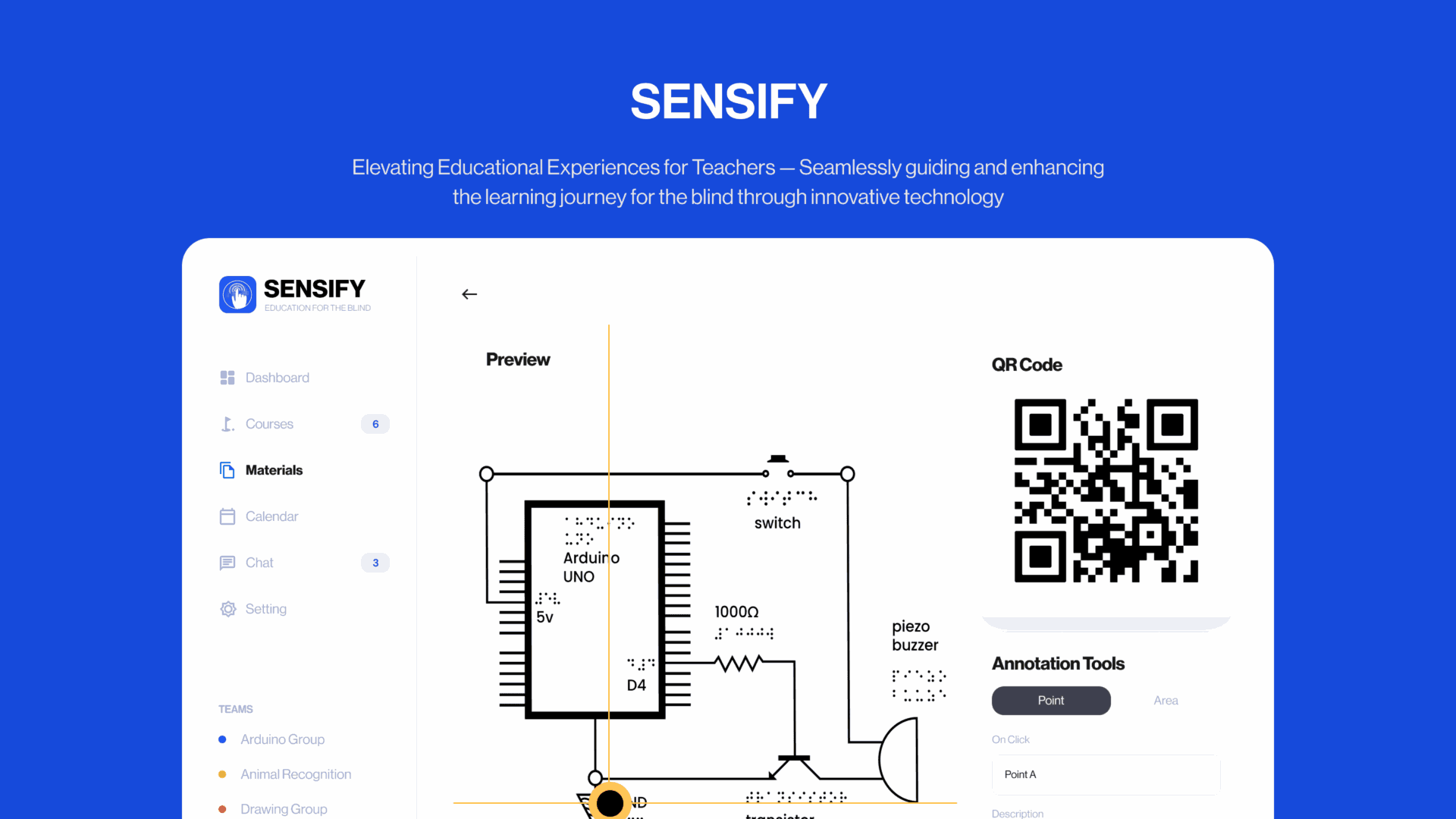
If you had a friend visiting you, what are some of the local spots you’d want to take them around to?
I highly recommend visiting The Museum of Jurassic Technology if you’re in town. It’s a unique experience you can only find in LA. The museum challenges traditional notions of what a museum can be by combining artifacts that blend fact with fiction, offering a truly inspiring and imaginative experience.
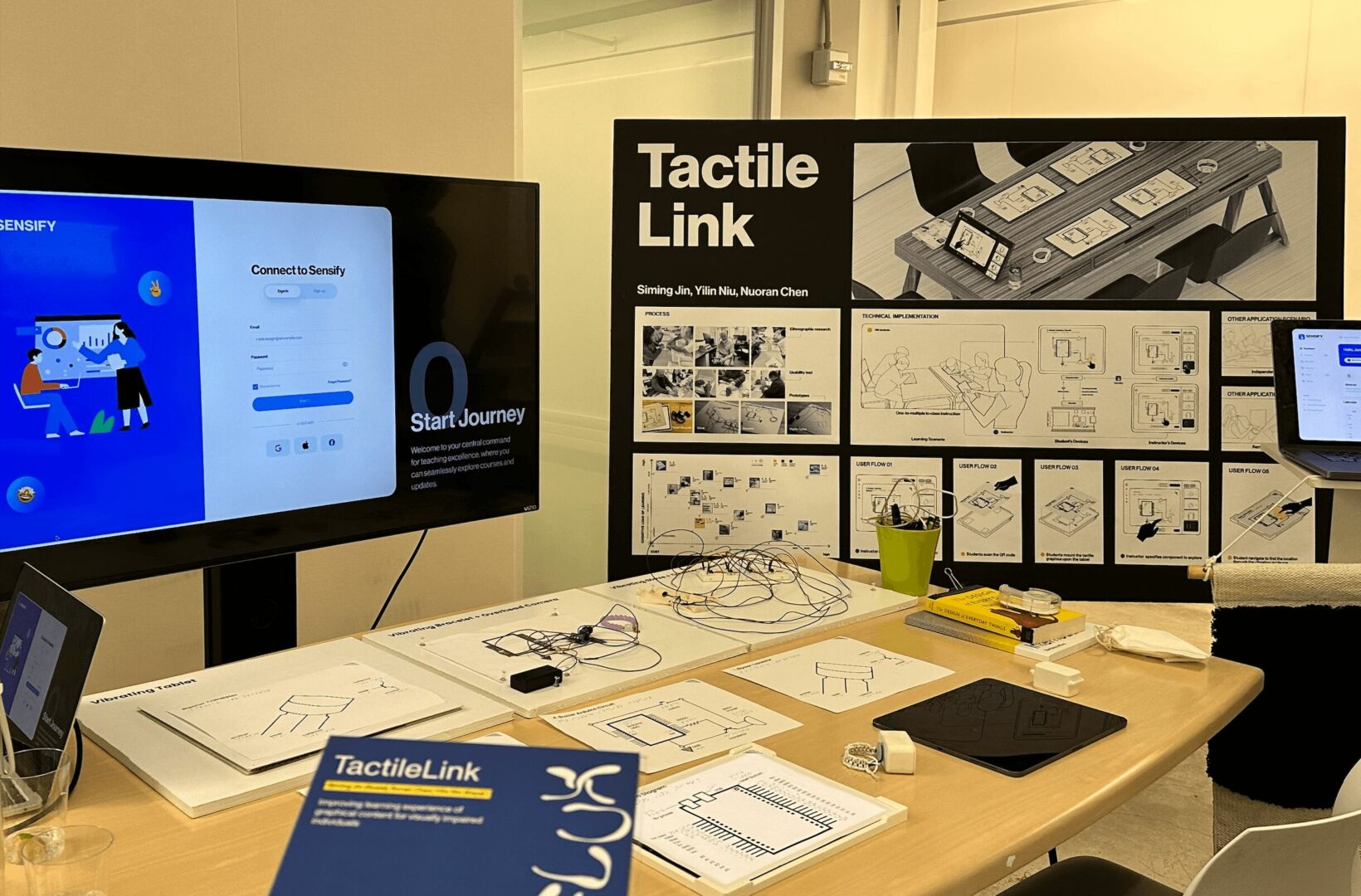
Who else deserves some credit and recognition?
I want to give a big shout-out to Joshua Miele, whose research has been a major inspiration for me to pursue a career in accessibility design. I also want to thank my team at The New York Times; working with you has significantly contributed to my professional growth. Lastly, I’m deeply grateful to my family for their unwavering support of my education and aspirations.
Website: www.ronanchen.com
Instagram: https://www.instagram.com/nuorandesign/
Linkedin: www.linkedin.com/in/nuoran
Other: https://www.design.upenn.edu/yes2022/nuoran-chen
